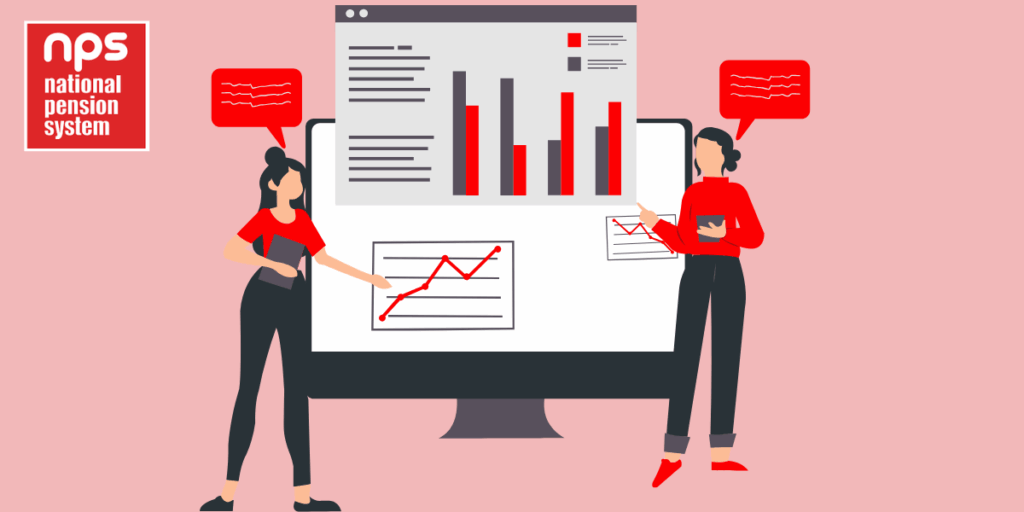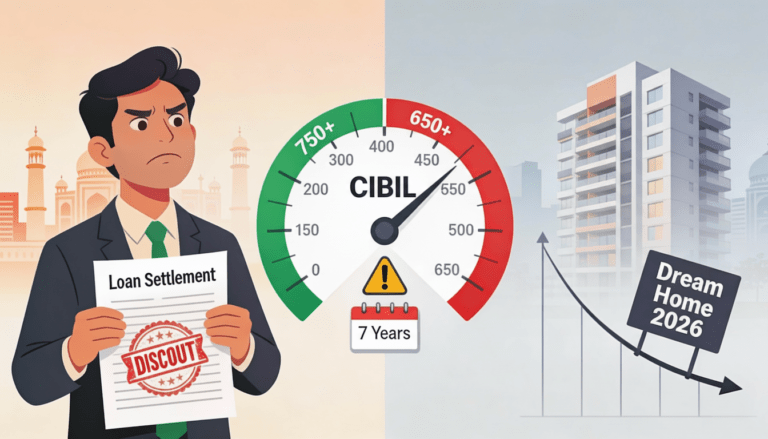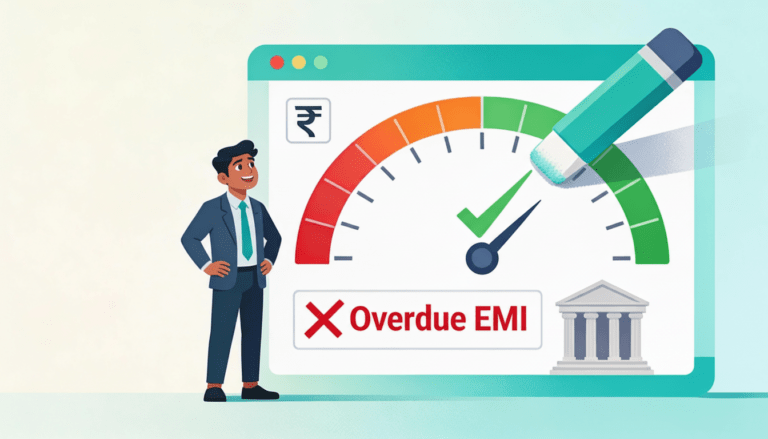
Smart Borrowing in 2025: How RBI’s Latest Lending Rule Unlocks Quick Cash from Your Investments
RBI’s bold 2025 rule unlocks a hidden ₹1 crore opportunity for Indian investors — but only those who act fast will benefit. Discover how the central bank’s surprising move reshapes loans against shares, boosts liquidity, and could secretly change how India borrows forever. Don’t miss what’s next.
In a landmark move that’s set to reshape India’s personal finance and investment lending landscape, the Reserve Bank of India (RBI) has announced a fivefold increase in loan limits against shares and debt mutual funds (MFs) — allowing individuals to borrow up to ₹1 crore against these assets. This reform is not just a technical tweak; it’s a signal of confidence in Indian investors, capital markets, and the economy’s liquidity backbone.
RBI’s Big Move: What Changed
The RBI’s October 2025 circular has pushed the lending boundaries higher while loosening regulatory ceilings in capital-market–linked borrowing. The Loan-to-Value (LTV) ratio, a key determinant of how much one can borrow against a pledged asset, has also been raised significantly:
- For shares: LTV increased from 50% → 60%.
- For debt mutual funds: LTV increased from 50% → 75%.
- For listed debt securities: The regulatory ceiling has been removed altogether.
- Loan limit for individuals: Increased from ₹20 lakh → ₹1 crore.
- Loan for IPO financing: Raised from ₹10 lakh → ₹25 lakh.
These changes, effective from October 1, 2025, were part of a broader policy package designed to revive private sector momentum and enhance credit access amid global headwinds.
Why This Move Matters Now
The update arrives at a crucial time. Over the last year, India has seen rising retail participation in both equity and debt mutual funds. Retail investors hold nearly 60% of total mutual fund folios, and SIP inflows have crossed ₹18,000 crore per month as of Q3 2025. Yet liquidity constraints often forced investors to prematurely redeem their holdings during emergencies.
Now, with higher loan ceilings and better LTVs, investors can access liquidity without selling assets, keeping their wealth compounding uninterrupted. As RBI Governor Sanjay Malhotra noted, the aim is to “expand the scope of capital market lending by banks while safeguarding financial stability”.
The Story Behind the Decision
The RBI’s latest measures reflect its “smart flexibility” approach — liberalizing selectively while maintaining structural safeguards. The central bank studied trends indicating that Indian households were asset-rich but liquidity-constrained. Many investors prefer holding equities or MFs for long-term goals but struggle to monetize them quickly. By raising the LTV and limit, the RBI is encouraging capital efficiency.
Additionally, the timing coincides with a global credit tightening phase. Western central banks are grappling with inflation, pushing borrowing costs higher. India, comparably, still enjoys macro-stability. Hence, RBI’s move positions India as a credit-positive outlier, nurturing domestic consumption and investment flows.
Who Benefits the Most?
This isn’t just for elite investors. The new lending norms promise tangible benefits across multiple segments:
- Retail investors: Easier access to cash without redeeming MF units or shares.
- High-net-worth individuals (HNIs): Larger financing opportunities for business or portfolio leverage.
- Small business owners: New channel to fund working capital using listed securities.
- Banks: Enhanced lending income with low-risk, collateral-backed products.
- Indian capital markets: More liquidity and deeper participation from both retail and institutional players.
By bridging personal and market finance, the RBI has effectively energized the ecosystem that powers India’s equity culture.
LTV Ratios: The Real Gamechanger
Before this change, the 50% cap meant a ₹10 lakh portfolio could fetch only a ₹5 lakh loan. At 60–75% LTV, this increases to ₹6–7.5 lakh — a quick 20–50% boost in liquidity. These ratios also unlock larger leverage opportunities for corporate investors and promoters, particularly in sectors like real estate, renewable energy, and IT services, where capital recycling is key.
Guardrails Still Intact
Despite the relaxations, the RBI has not abandoned prudence. Some rules remain strict:
- Loans against locked-in securities or unlisted shares are prohibited.
- Banks cannot lend to their own employees to buy their company’s shares.
- In case a debt security’s credit rating slips below BBB(-), it must be replaced within 30 working days.
This ensures that the “freedom to borrow” doesn’t become a “license to speculate.”.
Broader Strategy: Reviving Credit Markets
Analysts view this move as part of RBI’s larger agenda to deepen India’s credit markets. Over the last decade, while stock market participation grew exponentially, credit access lagged behind. This reform synchronizes the two.
Additionally, lending to capital market intermediaries (like brokers or portfolio managers) has now been aligned with prudential exposure norms—creating a level playing field and reducing excessive dependency on NBFCs.
Banks and NBFCs React: Cash Flow Boost
Banks have welcomed the announcement enthusiastically. Large lenders like HDFC Bank, ICICI Bank, and Axis Bank are already updating internal credit policies to align with the new limits. NBFCs too expect a spillover benefit as the credit ecosystem grows.
For banks, loans against listed securities are low-risk, quick-turnaround, and profitable. Margins, if managed well, can range between 9–11% returns on risk-weighted assets. RBI’s move therefore enables “smart credit growth without systemic overreach.”
What Borrowers Should Know Before Applying
If you’re planning to leverage this new RBI rule for liquidity, keep these steps in mind:
- Choose the right collateral: Only listed shares, debt MFs, REITs, or InvITs qualify.
- Know your LTV: Shares = 60%, Debt MF = 75%.
- Understand risks: Falling market value can trigger margin calls.
- Negotiate rates: Interest rates are often 1–2% higher than home loans, but vary by lender.
- Avoid overleveraging: Borrow only what’s needed; shares can fluctuate sharply.
With borrowing flexibility comes responsibility — and RBI expects both borrowers and banks to use this window wisely.
Link to Broader Market Reforms
The lending-limit hike complements RBI’s ongoing reform wave since mid-2025 — which includes easing External Commercial Borrowing (ECB) norms, supporting M&A financing, and revising NBFC exposure limits.
Combined, these reforms aim to:
- Increase credit-to-GDP ratio, still low compared to China (54%) and the US (81%).
- Strengthen capital market liquidity.
- Accelerate the formalization of wealth through banking channels.
Investor Psychology: The Hidden Catalyst
Beyond liquidity mechanics, this policy carries a psychological boost. It reinforces investor confidence that the RBI trusts retail financial maturity. For seasoned investors, it’s validation that India is entering a “financial maturity phase” — where asset-backed credit isn’t stigmatized but optimized.
This trust effect can propel stronger equity inflows, particularly in mid-cap and debt fund segments, which are often used as collateral.
The Future of Asset-Backed Lending
Experts predict that by FY2026, lending against securities could double from its current ~₹60,000 crore base to nearly ₹1.2 lakh crore. Fintech-driven loan platforms tied to brokers and wealth apps are also expected to ride this wave.
With AI-based risk scoring, portfolio-linked credit, and instant pledging technology (via NSDL/CDSL APIs), loan disbursals could become near-instant — transforming how Indians unlock liquidity from investments.
Will This Spark Leverage Risks?
Critics caution that liberalized lending can amplify risks during market downturns. However, RBI’s layered guardrails — credit rating checks, exposure limits, and liquidity coverage norms — keep systemic risk contained.
Moreover, India’s banking system is financially healthiest in a decade, with GNPA below 2.3% and strong capital buffers, making the timing ideal for calibrated credit expansion.
How This Impacts the Common Investor
For everyday investors, this could mean:
- Cheaper emergency funding than unsecured loans.
- Tax-efficient liquidity, since redemption taxes are avoided.
- Diversification flexibility, allowing more freedom in asset reallocation.
- Empowerment to stay invested during volatile phases, avoiding panic selling.
Ultimately, this reform strengthens investors’ ability to weather short-term needs while aiming for long-term financial goals.
Key Takeaways
- RBI has raised loan limits against shares and debt MFs from ₹20 lakh to ₹1 crore.
- LTV increased: Shares = 60%, Debt MF = 75%.
- IPO financing limit raised to ₹25 lakh.
- Ceiling on listed debt instruments removed.
- Borrowers get access to liquidity without selling assets.
- Guardrails remain in place for risk and compliance.
- Reform signals a deeper, confident, and investor-friendly capital market future.
Final Thought
India’s financial landscape is quietly transforming — not with flashy reforms, but measured, strategic steps like this one. The RBI’s decision to raise the lending ceiling against shares and debt funds may appear technical, yet it’s the silent foundation of a smarter credit revolution. It hints at a future where wealth is not just owned — it’s fluid, empowered, and accessible.
The question now is: will Indian investors harness this newfound financial power thoughtfully, or will the line between liquidity and leverage blur again? The next quarter’s borrowing data might just reveal the answer — and it’s going to be a story worth watching.

































